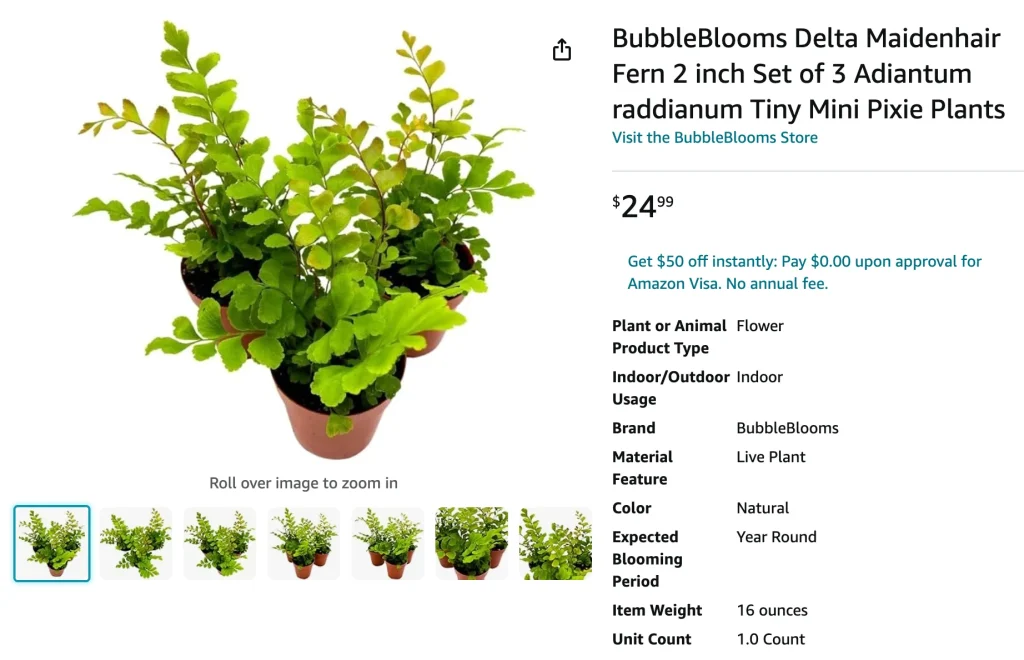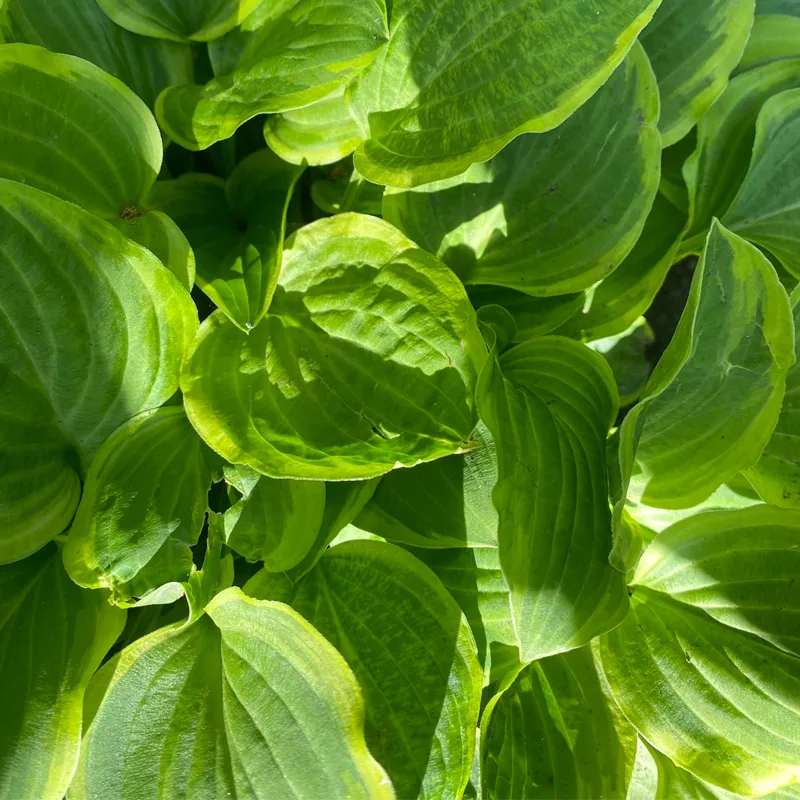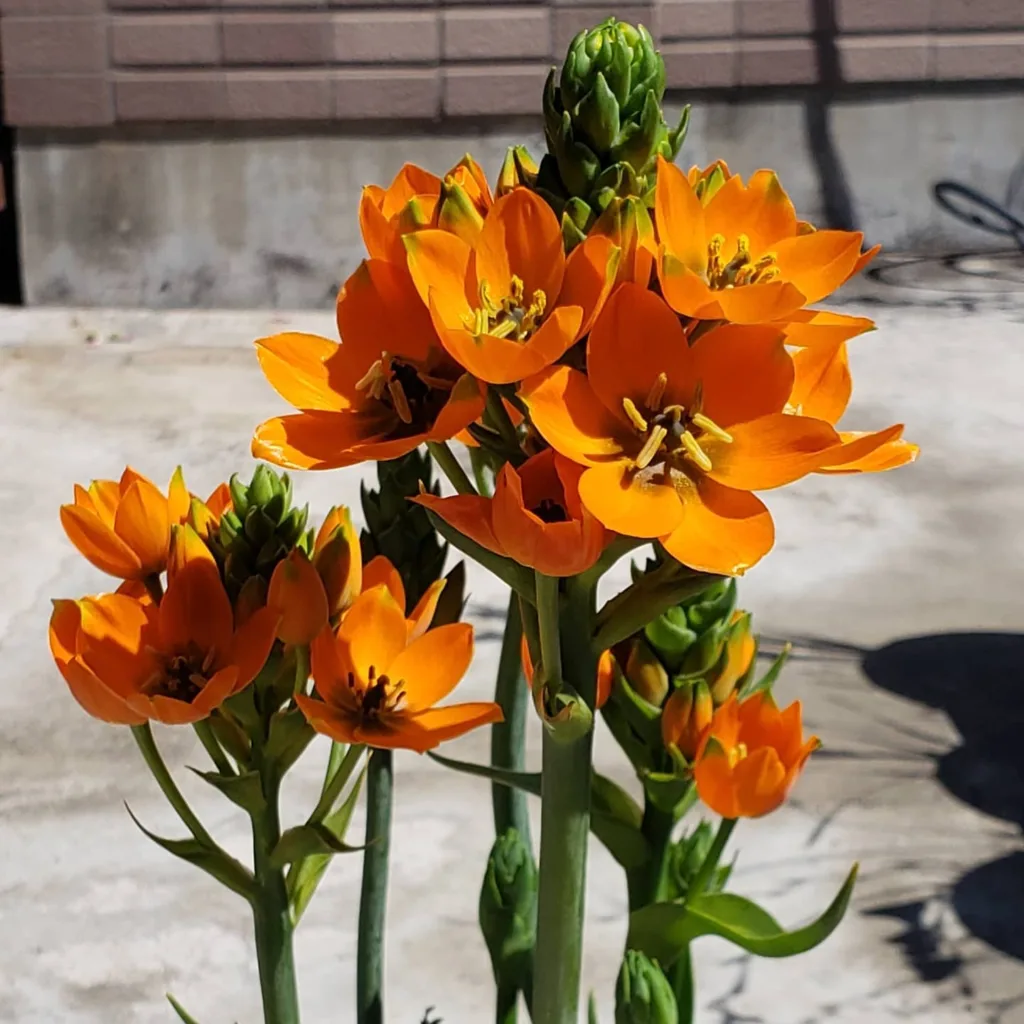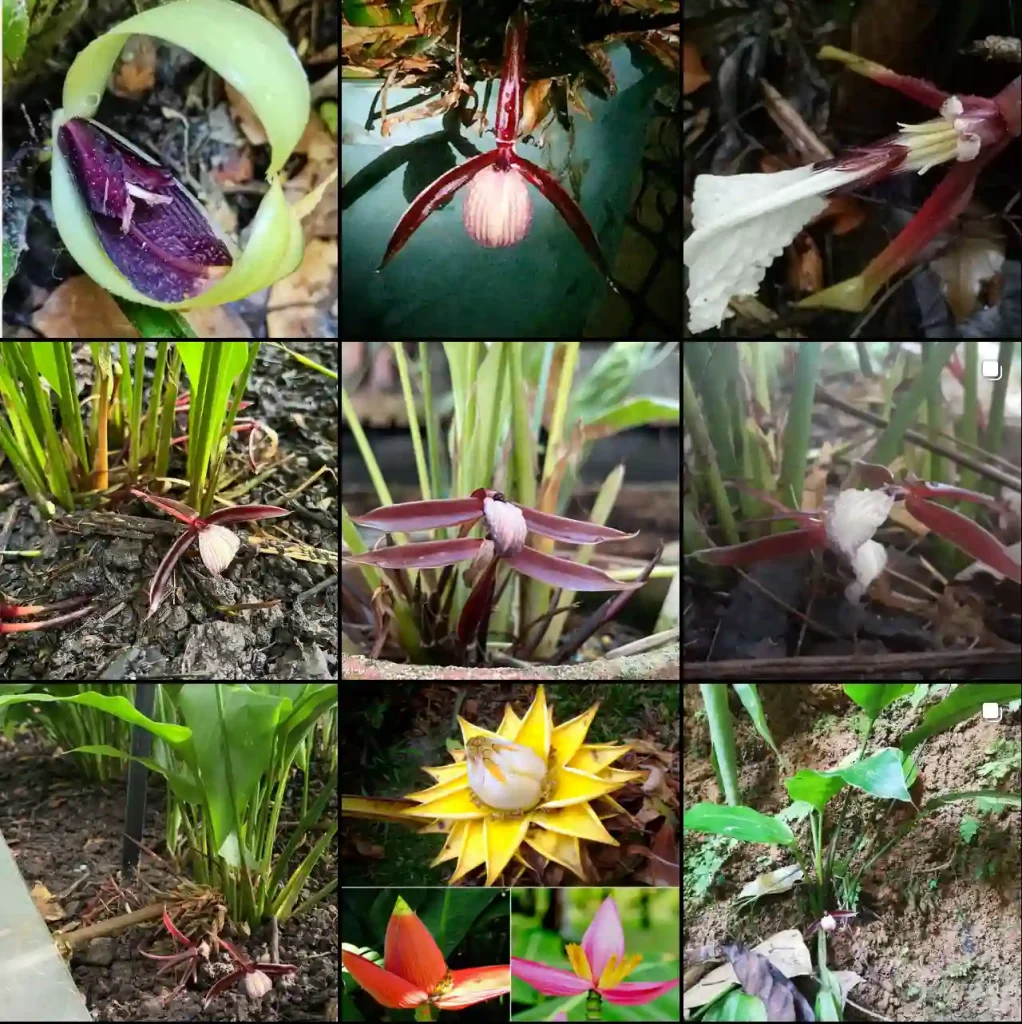
FAQs About Adiantum Raddianum
Adiantum Raddianum, also known as the Delta Maidenhair Fern, is one of my favorite indoor plants. It has such delicate, lacy fronds that bring a soft, lush green touch to any room. I’ve spent a lot of time learning how to care for it, and it’s been a rewarding journey. Here, I’ll answer some of the most frequently asked questions about Adiantum Raddianum, including its care, propagation, and how to address common problems.
244 Species in Genus Adiantum – Maidenhair Fern
What Is Adiantum Raddianum?
Adiantum Raddianum is a type of Maidenhair Fern with thin, wiry stems and light green, fan-shaped fronds. It’s native to tropical regions, which is why it loves humidity. Due to its delicate appearance, people often think it’s hard to care for, but with the right approach, it can thrive indoors or outdoors in the right conditions.
How to Care for Adiantum Raddianum?
Caring for Adiantum Raddianum requires a bit of attention to its specific needs, but once you understand them, it becomes much easier. I’ve found that the key factors for success are humidity, water, and light.
- Light: Keep it in bright, indirect light. Direct sunlight can scorch its delicate fronds. I’ve found that a spot near an east-facing window works well.
- Watering: The plant loves moisture, but too much water can cause root rot. I water mine regularly, keeping the soil evenly moist without letting it become soggy. Misting the plant daily also helps to maintain the humidity it craves.
- Humidity: Since Adiantum Raddianum comes from tropical climates, high humidity is a must. I usually place mine in a bathroom or kitchen where humidity levels are naturally higher, or I use a pebble tray to boost humidity levels.
- Temperature: It prefers temperatures between 60°F and 75°F. I avoid drafts or placing it near heaters or air conditioners, as these extremes can stress the plant.
How to Grow Adiantum Raddianum?
Growing Adiantum Raddianum can be straightforward if you pay attention to its environment. You can grow it from spores, though it requires patience. If you’re propagating it from a nursery plant, just make sure to choose the right location with adequate light and humidity.
I’ve found that the best way to grow this plant is to place it in a well-draining potting mix with organic matter. Keep the soil consistently moist, but don’t overwater. A humid environment with indirect sunlight is the sweet spot for growth.
How to Divide Adiantum Raddianum Fragrans?
Dividing Adiantum Raddianum Fragrans is a great way to propagate the plant and help it stay healthy. Here’s how I do it:
- Gently remove the plant from its pot and shake off excess soil.
- Look for natural divisions in the plant’s root ball. Maidenhair ferns tend to grow in clumps, which makes this process easier.
- Use a clean knife or shears to cut the plant into smaller sections, ensuring each section has healthy roots attached.
- Repot the divided plants in separate containers with fresh soil, and water them immediately.
This process not only gives you more plants but also encourages new growth in the mother plant.
How to Revive a Dying Adiantum Raddianum?
Reviving a dying Adiantum Raddianum can be challenging but not impossible. When mine started to look sad, I tried these steps, and they made a big difference:
- Assess Watering: Overwatering or underwatering is often the cause of yellowing or browning fronds. Adjust your watering routine to ensure the soil stays moist but not waterlogged.
- Boost Humidity: If the fronds are crispy, the air might be too dry. Increase humidity by misting or placing the plant in a more humid room.
- Pruning: Trim away any dead or yellow fronds to give the plant a fresh start. New growth often follows once the plant’s energy is no longer going into trying to revive the damaged parts.
- Reposition: Check if the plant is getting the right amount of indirect light. Too much or too little can cause stress, so find a spot with filtered sunlight for the best results.
Adiantum Raddianum vs. Delta Maidenhair
Adiantum Raddianum is often called the Delta Maidenhair, but it’s worth noting that there are several types of Maidenhair ferns. The Raddianum variety is especially popular for its graceful, triangular fronds. Compared to other Maidenhair ferns, like Adiantum Capillus-Veneris, the Delta variety has more delicate, fan-shaped leaves and is slightly more sensitive to environmental changes. That said, both types require similar care when it comes to humidity and watering.
Can You Grow Adiantum Raddianum Indoors?
Yes! Adiantum Raddianum is well-suited for indoor growth as long as you maintain the right conditions. I love growing mine inside because it adds a beautiful, airy texture to my living spaces. As long as the light, water, and humidity needs are met, the plant will thrive. Bathrooms and kitchens, where humidity tends to be higher, are particularly good spots.
Common Problems with Adiantum Raddianum
While it’s a stunning plant, there are a few common issues I’ve run into over the years:
- Brown Fronds: This usually happens due to low humidity or underwatering. Increasing humidity or adjusting your watering schedule can help.
- Yellowing Leaves: This is often a sign of overwatering. Make sure the soil has good drainage, and you aren’t letting the plant sit in water.
- Pests: Although relatively pest-resistant, Maidenhair ferns can sometimes get aphids or spider mites. I’ve found that a regular misting routine helps prevent these issues, and insecticidal soap can be useful if pests do show up.
Is Adiantum Raddianum Toxic?
Luckily, Adiantum Raddianum is non-toxic to pets and humans, making it a safe choice for homes with animals or small children. This is a relief because it allows me to place it anywhere without worry.
Final Thoughts
Adiantum Raddianum is a rewarding plant to care for once you understand its needs. Whether you’re growing it indoors, dividing it for propagation, or reviving a dying plant, following these tips will help ensure it thrives. I enjoy the soft, graceful fronds it adds to my home, and with proper care, it can be a long-lasting and beautiful addition to yours too.
If i die, water my plants!



